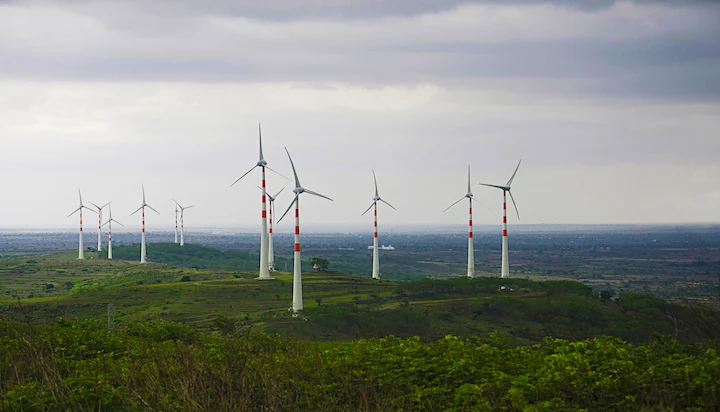Significant investments are being made in the green energy space by large corporates. The government is only too keen to ensure the transition to clean energy gains more momentum to aid the country in reaching its net-carbon goal by 2070.
To understand how to go about with this transition and what would be the biggest challenges, CNBC-TV18 spoke to Gagan Sidhu, Director, Council on Energy, Environment and Water (CEEW)-Centre for Energy Finance and Harshvardhan Dole, Vice President- Institutional Equities, IIFL.
Sidhu believes the biggest challenge to green energy transition is going to be capital requirement. He explained that there are three layers to the transition- energy transition, mobility transition and green hydrogen transition. He believes it will take a concerted effort from policymakers and companies alike to bridge the financing gap.
He said, “We calculated that between now and 2070, the amount of capital that will be required is USD 10.1 trillion to achieve net-zero India, which is what India’s goal is. So capital is the biggest challenge here.”
“I do not think it’s an insurmountable challenge but it is going to take a concerted effort from policymakers, private players to bridge that gap.,” he explained.
According to him, the government on its part should take away the clout of uncertain policies on green energy. Additionally, he is of the view that a concerted nudge by the government in opening up the debt market capital for the energy market will go a long way. He also believes that the space will require foreign investments as well.
He said, “A concerted nudge, maybe an intervention by the government can open up the domestic debt capital markets to renewables; the move will go a long way.”
Driving the renewable push, Reliance Industries Limited (RIL), on Thursday, announced that it will invest Rs 6 trillion in new energy projects in Gujarat to help the state become carbon-free.
Dole believes the green energy theme is best played via integrated players like RIL. He expressed that RIL’s yesterday’s announcement came surprised him. He specified that capital allocation to new energy business is 50 percent of RIL’s balance sheet and only a fraction of this investment is priced into earnings.
He said, “The capital allocation which has been envisaged, is approximately 50 percent of their current balance sheet size. The FY21 balance sheet is almost Rs 11 lakh crore and to that extent, incrementally 50 percent of capital will be deployed in the new energy business – that’s a significant commitment. So I am pleasantly surprised by this kind of aggression.”
Source: cnbctv18.com









